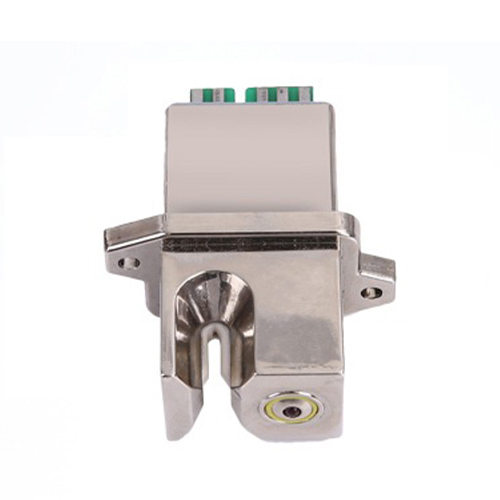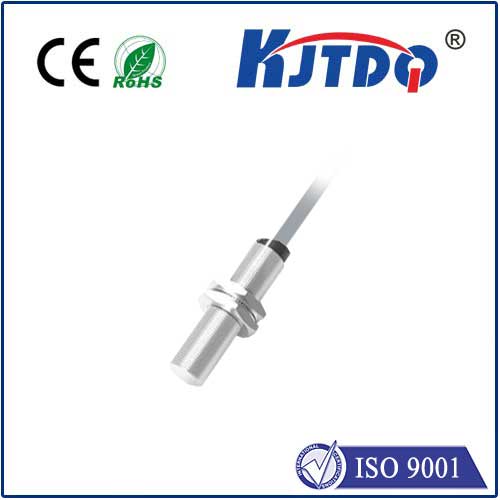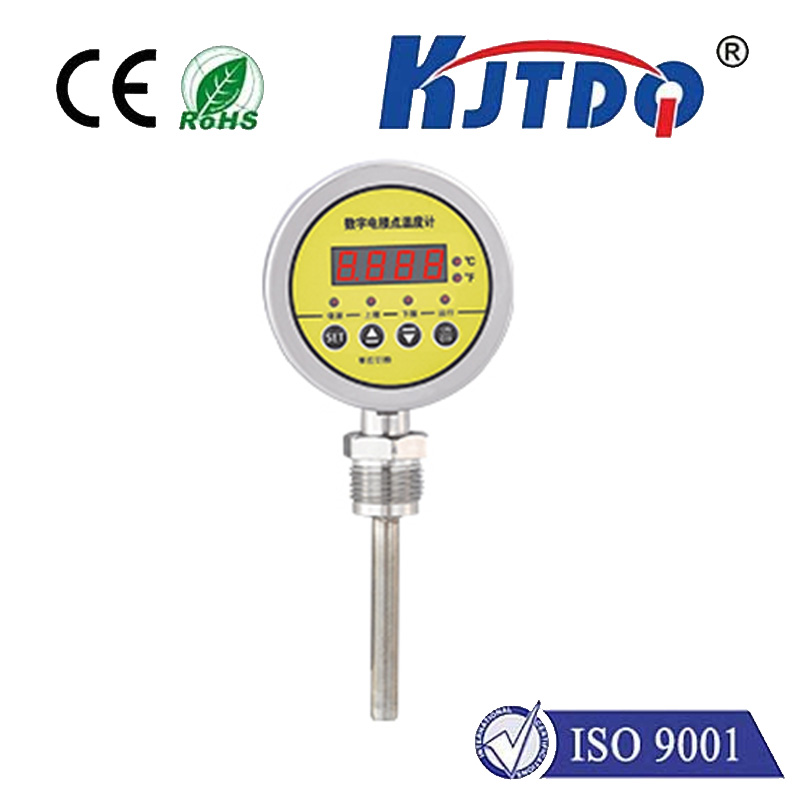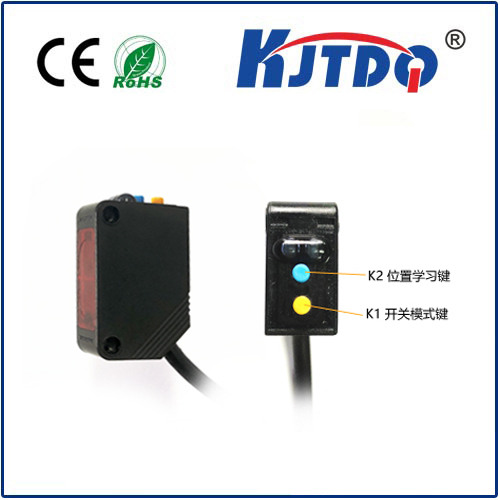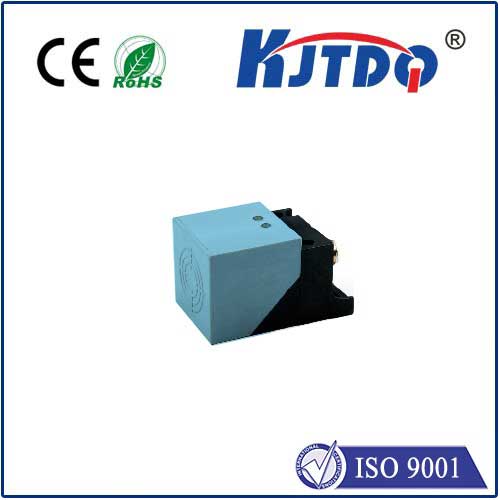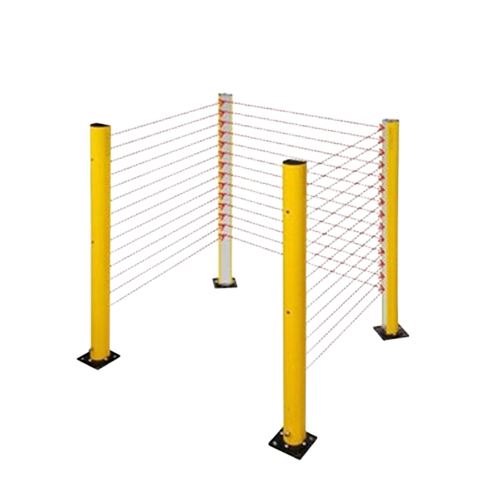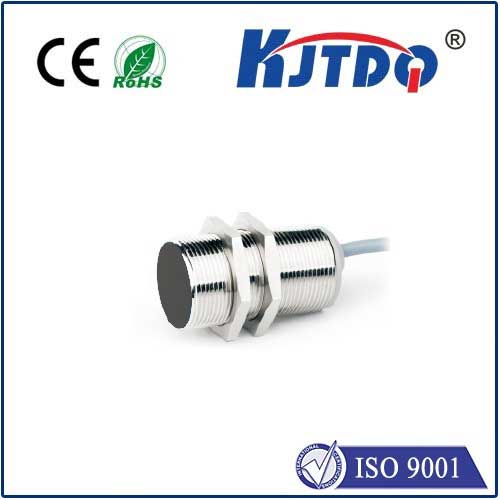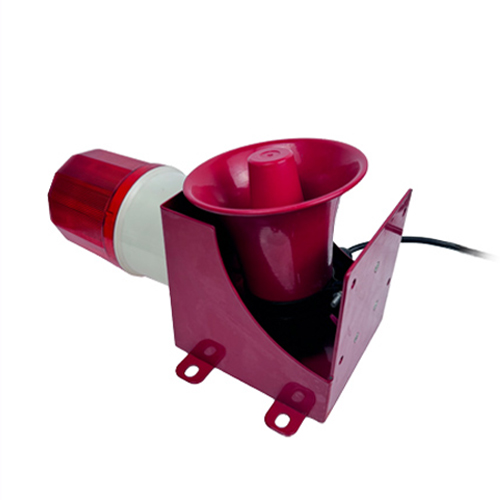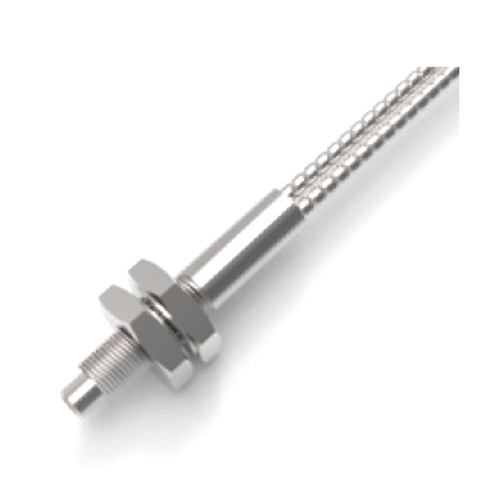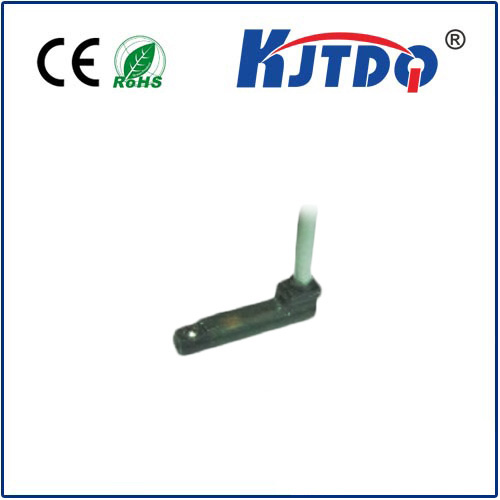датчик высокотемпературного сближения
- time:2025-06-12 17:37:01
- Нажмите:0
High Temperature Proximity Sensors: Unlocking Reliable Detection in Extreme Heat Environments
When conventional sensors fail in the blistering heat of furnaces, engines, or molten metal processing, high temperature proximity sensors step in as the critical solution. These specialized devices represent a cornerstone of modern industrial automation, enabling precise, non-contact detection of objects in environments where ambient temperatures would utterly destroy standard sensors. Understanding their capabilities, working principles, and applications is vital for engineers designing robust systems for challenging conditions.
Standard inductive or capacitive proximity sensors are engineered for reliability within moderate temperature ranges, typically up to 70°C or 100°C. Venture beyond these limits, especially consistently above 150°C, and their internal components – electronic circuits, plastic housings, seals, coils, and ferrite cores – begin to degrade, leading to catastrophic failure. High temperature proximity sensors are explicitly designed to overcome this fundamental limitation.
So, what makes these sensors survive where others perish? The answer lies in meticulous design and specialized materials:

- High-Temperature Rated Components: Critical internal electronics and core materials are selected or engineered to withstand continuous exposure to extreme heat. This often involves using specific high-temperature-resistant wire for coils and specialized core materials maintaining magnetic properties well beyond normal limits.
- Robust Encapsulation and Housing: Sealing materials and housing compounds (like PEEK, ceramics, or high-grade stainless steel) are chosen not just for mechanical protection, but crucially for their thermal stability. These materials resist melting, cracking, or outgassing at high temperatures, ensuring internal integrity and preventing contamination ingress that could cause short circuits.
- Thermal Management: While inherently designed to operate hot, some designs incorporate features to minimize heat transfer to sensitive components. This might involve specially shaped housings acting as heat sinks, thermal barriers, or strategic placement of heat-resistant potting compounds.
- Compensated Electronics: Advanced sensors incorporate circuitry designed to compensate for signal drift that naturally occurs as component characteristics shift under thermal stress, maintaining consistent sensing accuracy.
The core working principle of inductive high temperature proximity sensors remains largely the same as their standard counterparts: they generate an oscillating electromagnetic field. When a metallic target enters this field, eddy currents are induced within the target. These eddy currents draw energy from the sensor’s oscillator circuit, causing a measurable change in its amplitude or frequency. This change is detected and converted into a clean output signal (e.g., PNP/NPN transistor, analog, or IO-Link). The key difference is that all components involved in generating and detecting this signal are meticulously chosen and assembled to endure punishing thermal environments.
Identifying the right high temperature sensor requires careful consideration of specific parameters:
- Continuous Operating Temperature: This is paramount. Ratings commonly range from +150°C to well over +200°C, with some specialized variants reaching +400°C or higher. Ensure the rating exceeds your maximum expected ambient temperature, not just process temperatures.
- Short-Term Peak Temperature Tolerance: Can the sensor survive brief excursions above its continuous rating?
- Thermal Cycling Capability: Will the sensor endure repeated, rapid heating and cooling cycles without failure or degradation?
- Sensing Range: Defined at ambient temperature; understand any temperature-related derating that might occur (specified by the manufacturer).
- Target Material: Primarily ferrous metals for inductive sensors; non-ferrous detection requires specific sensor types (ferrite/non-ferrite sensing).
- Environmental Protection (IP Rating/NEMA): Besides heat, protection against dust, moisture, coolant, or chemical splashes is often critical in harsh environments.
- Electrical Characteristics: Output type (discrete, analog, IO-Link), voltage requirements, switching frequency, and connection type (cable or connector).
- Mechanical Robustness: Housing material (stainless steel is common), resistance to vibration, shock, and potential physical impact.
- Response Time: Critical for high-speed applications.
The applications demanding high temperature proximity sensors are diverse and mission-critical:
- Metal Processing: Reliable detection within forging presses (detecting dies/blanks), continuous casting lines, rolling mills (monitoring rolls, guides, billets), heat treatment furnaces (positioning furnace cars, quench tank levels), and near welding operations.
- Glass Manufacturing: Monitoring molds, gobs, conveyor pushers, and lehr operations inside high-temperature ovens.
- Automotive & Aerospace: Engine test cell applications (crankshaft position, valve timing), monitoring exhaust system components during testing, brake testing rigs, and near turbines.
- Ceramics & Brick Kilns: Position feedback for kiln cars, detection of bricks on high-temperature transfer lines.
- Power Generation: Monitoring critical components within turbines, boilers, and exhaust systems.
- Plastics & Rubber: Injection molding machines (mold position/clamp monitoring), extruders near heating elements or dies.
- Cement Production: Equipment monitoring within pre-heater towers and rotary kilns.
The advantages of deploying these specialized sensors are compelling:
- Reliable Operation in Extreme Environments: Survive where standard sensors fail, ensuring uptime and process continuity.
- Non-Contact Detection: Eliminates wear and tear associated with mechanical switches, significantly extending service life and reducing maintenance costs.
- High Accuracy & Repeatability: Provide precise position feedback crucial for automated control loops.
- Immunity to Surface Contaminants: Unlike optical sensors, they are unaffected by dust, steam, oil mist, or grime commonly found in hot industrial settings.
- Fast Response Times: Suitable for high-speed production lines.
- Повышение безопасности: Enable remote monitoring of dangerous hot zones without human intervention.
Investing in high temperature proximity sensors is not merely a component choice; it’s a strategic decision for robust industrial automation. When the operating environment pushes thermal boundaries, relying on standard sensors guarantees premature failure, costly downtime, and potential safety hazards. By selecting sensors engineered specifically for continuous exposure to extreme heat, engineers gain the reliability, accuracy, and longevity essential for maintaining efficient, safe, and productive operations in the most demanding sectors. Understanding the technology behind these sensors and carefully matching their specifications to the application’s unique thermal profile is fundamental to unlocking their full value proposition in the heart of industrial heat.

